Types of Membership: How to Form and Present Them to Your Audience
Membership organizations often clutch their heads in despair: how to set up types of membership in order to satisfy every customer’s need? Where to start and how to present them to the audience? If you can relate to these rhetorical questions, then you have come to the right place.
There are many details to consider when assembling a membership model. Everything starts with how to name it or what prices to quote and goes up to its successful promotion on your website.
This is exactly why we decided to write this blog article. Keep reading to explore the difference between membership types, membership levels, and programs, what special treatment they need, and how to make it work in the Salesforce world.
Types of Memberships, Programs, and Tiers: Where is the Difference?
A membership business model is an intricate thing. When creating it for your association, you should take numerous factors into account. For instance, you have to pick an appropriate name for the package you offer to customers, establish a competitive membership price, and promote it correctly.
However, one of the most important things to deal with before going to market is to know how to distinguish membership levels, types of membership, and programs. This is our next stop.
1. Membership Program
A membership program is an umbrella term for all activities and conditions your audience signs up for in your organization. Simply put, they contribute their money, and time, or perform other certain actions to get special treatment or perks from you.
Sure thing, membership programs vary. However, their ultimate goal is to elevate the financial, social, or political growth of a membership organization. You need to create a program that aligns with your values and speaks to your mission. For instance, this can be connected to networking or advocacy, supporting charitable or research causes, or health and environmental goals.
Besides, there are psychological or spiritual membership models, fostering member engagement in their own, peculiar way. Thus, you can see many gardening clubs, photography clubs, bowling leagues, etc. All of them coalesce people with certain backgrounds, skills, and expertise.
An exciting example of a membership program done wisely is the one from the American Water Works Association (AWWA). They provide a referral program, which comes with a set of incentives aka rewards. Thus, if you refer 1 member, you get a commemorative label pin, 2 members mean you can enjoy a dry bag, and 3 to 5 members win you a $25 Gift Card. But for 6 or more members, you can have a $50 Gift Card. In fact, this is a cost-effective option to draw new members to the community and enlarge it.
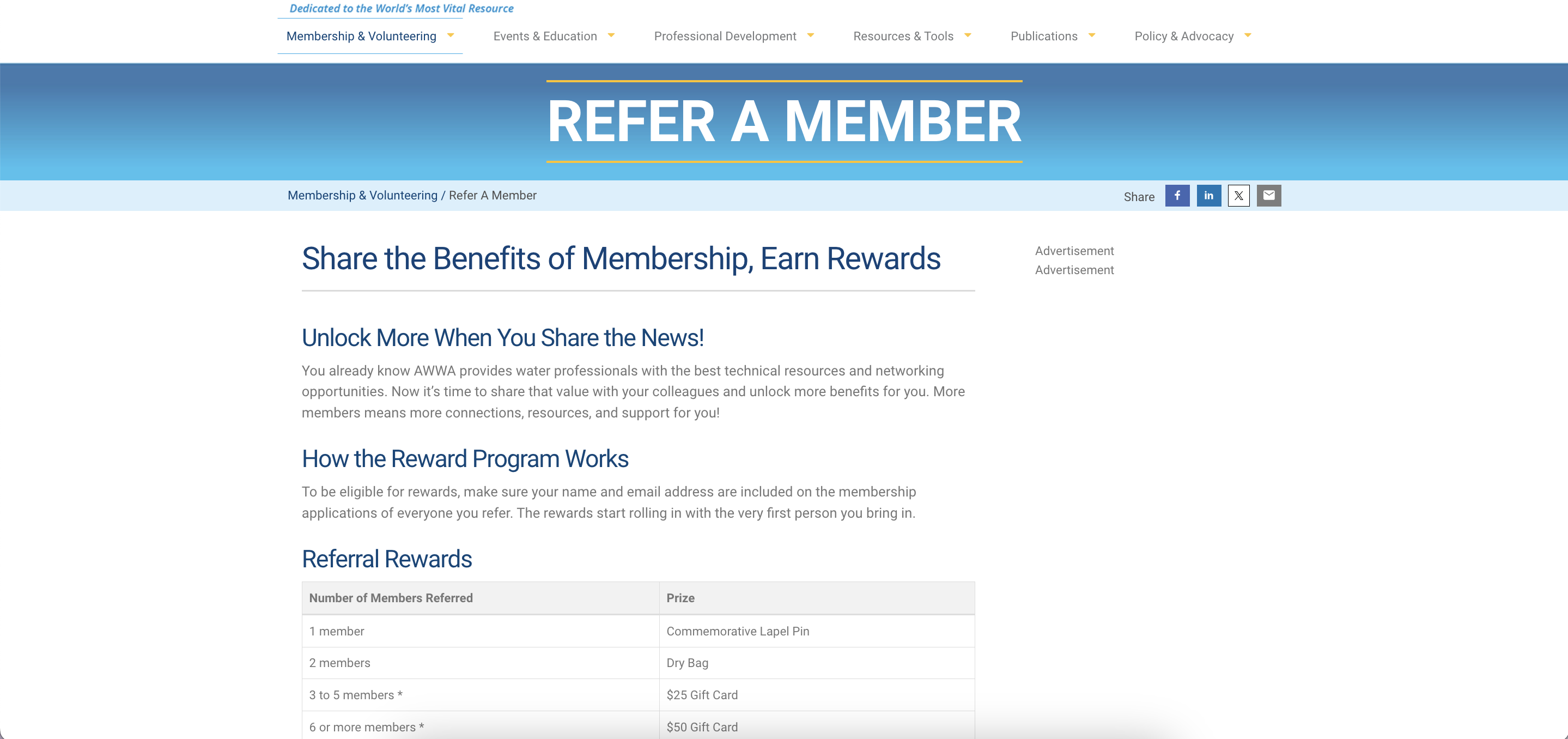
Don’t be blinded by that. Such referral program may be tricky. The reason for that is that they are limited in their reach and aimed at existing members referring new ones. Plus, they are closely tied up to such incentives as discounts, cashback, and other related stuff which is not always the case for an organization (if it’s a startup, for that matter).
2. Membership Tiers
Membership tiers (or levels of membership of some kind) reflect the strict membership structure. Or a hierarchy, if you will. Let me elaborate on this one.
Once you sketch your membership model with all its perks, networking opportunities, professional development packages, and other details, you can grade it.
Thus, you can specify what your member is entitled to according to features in the program they purchase or their title (patron, advocate, etc.). Your membership levels can be something as simple as Bronze, Silver, Gold, or Platinum. A vivid example is found at the ISACA organization:
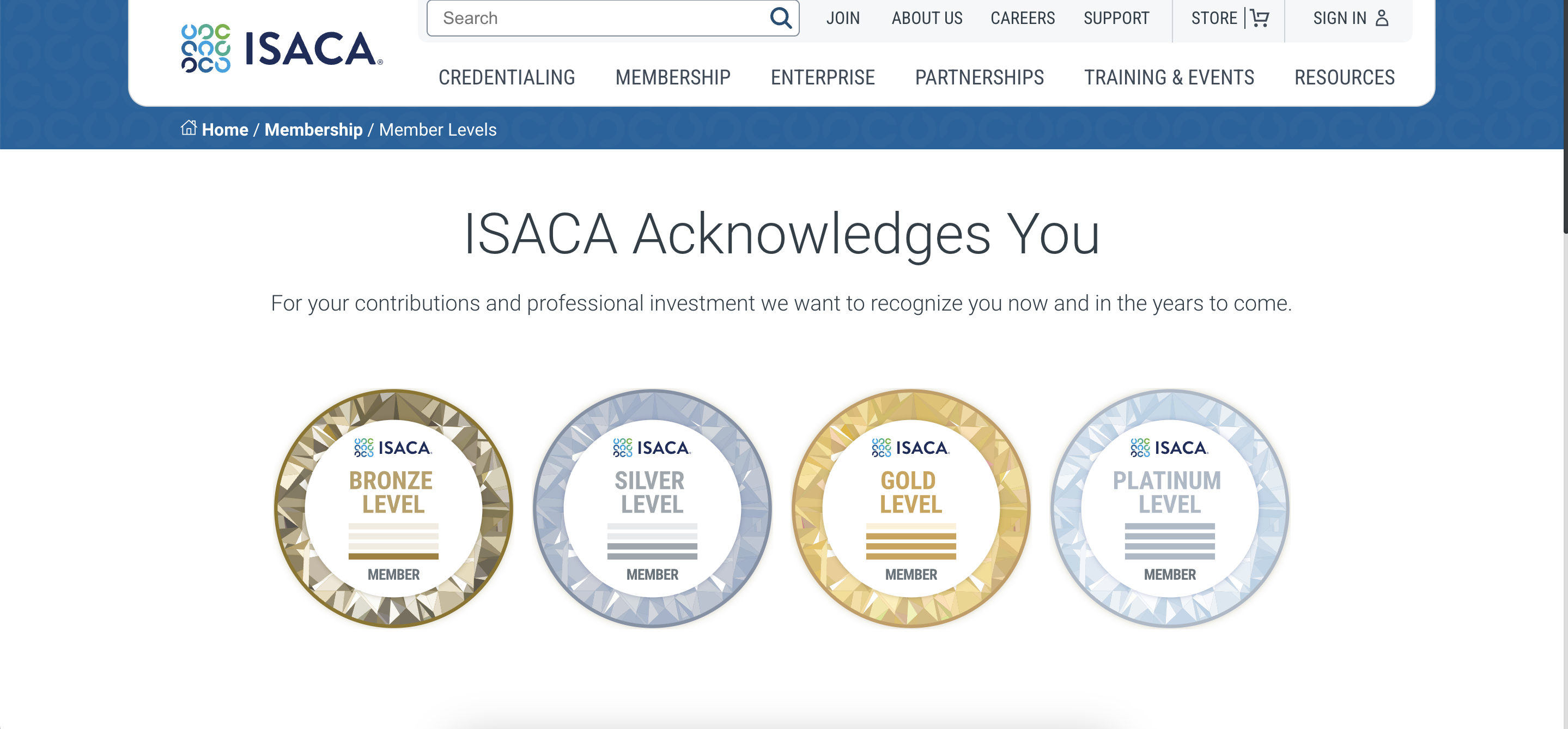
But you can let your creativity float and come up with some fancy names for each membership level, such as Wizard, Champion, Innovator, Trailblazer, or any other you see fit.
However, it’s paramount to remember you can provide your membership tier with a generic name and call it a day. Each naming should reflect the tier’s main objectives, mission, and resonate with your target audience. To give you a perfect head start, here is an example of membership tiers powered by IEEE:
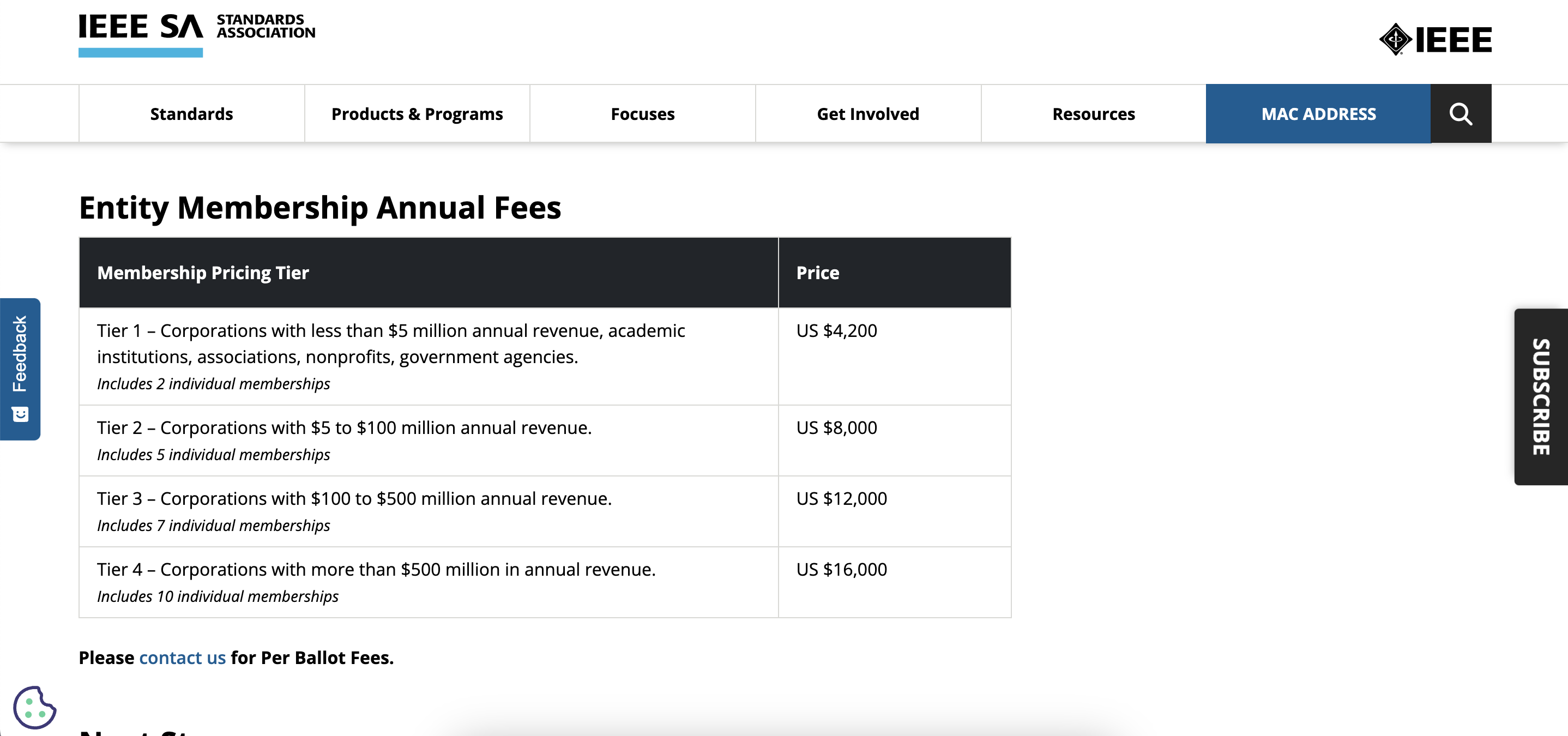
3. Membership Types
Here is when it’s getting interesting. Membership types is the last string in this hierarchy and the finest one. This is the step where you gather all your findings and plans, and start defining the exact details for each of the membership packages.
In the picture below, you can see the example of membership types in EuRA – a non-profit company, providing professional relocation services. As a side note, most membership organizations have the same types, highlighting their value proposition in each of them.
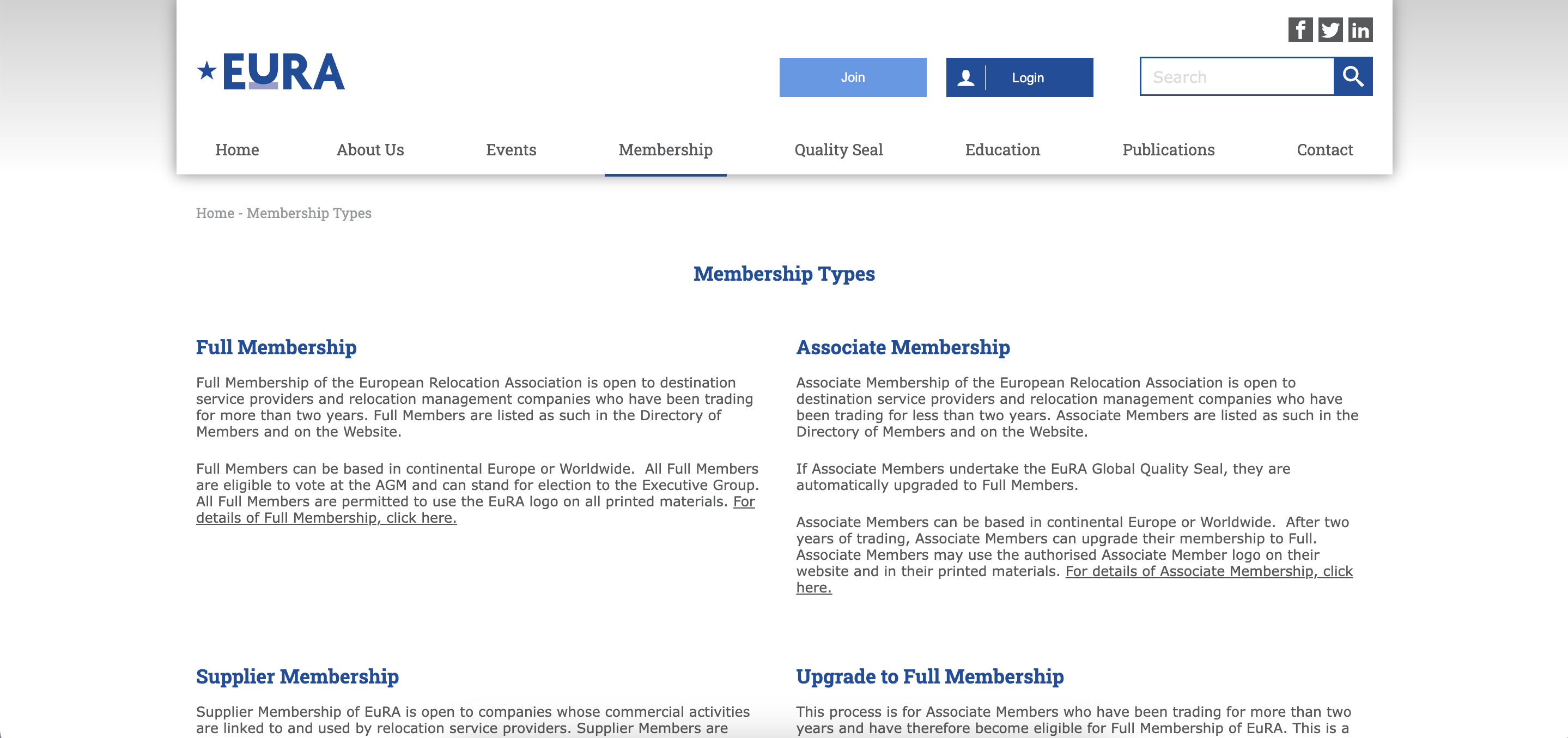
How to Arrange the Types of Membership: a Cheat Sheet
Association membership management can be tough. But you can ease the burden by simply following the cheat sheet before implementing the types of membership in your organization. Comb through these things to consider:
1. Target Audience
Who are those people who would like to pay money for your service or products? Do you know them well? This is your starting point.
Being Member-Centric: What Does It Mean in 2025?

A membership organization has to realize what the audience wishes for and its demands. For instance, if you are a health organization, your membership types shouldn’t be called something like Beginner, Starter, and Advanced. Just because these names don’t correlate either with the industry specifics or your operations.
In this case, consider something rather neutral, such as Full Membership, Group Membership (for families, for example), or Student Membership (for educational institutions).
2. Membership Benefits and Values
It’s an open secret that there is no one-size-fits-all benefits for every membership organization. Why? Because each of them specifies their own member benefits, depending on the size of association, its demographics, and even monthly fee. One remains unchanged: you have to show enough value while designing a membership model.
How to point out different benefits your association provides to its members? The trick is in seeing the organization through their eyes. So, you should answer these questions before choosing between membership models:
- What would make me sign up as a potential member?
- How does my membership model stand out from the crowd?
- How would I encourage members to register?
- Does my organization offer free tickets to upcoming events (if there are any)?
- Why would the audience sign up for a professional tier if I provide one?
- Do I organize a local community where my members would have a plethora of networking opportunities?
And this list can go on and on!
3. Pricing Policy and Value Proposition
Of course, you should work out the budget. It should correlate with your associations’ goals and reflect the benefits you defined. Moreover, the set price should satisfy both you as a leader or manager and your audience.
Where to start? My recommendation would be “spying” after your competitors. In a good sense, of course. See what membership models other professional associations in your industry have, if they suggest paid membership and premium membership, what special techniques they use, and what prices they set. Once you’re done with that part, you may consider a value proposition.
While a constant cash flow is marvellous, you have to think wider: what is it that in your proposition potential members would stick to? Is it enough? For instance, if you have a sports club, you might want to offer free training sessions to your members or additional items they could purchase before training (such as towels, drinks, etc.).
4. Technology Backup
Alright, so you gathered different social groups in your organization and thought over a membership structure. How to scale and manage it? This is when you need to think over decent membership management software.
When it comes to Salesforce association management, I can’t but mention the perks you receive along with this. Given that Salesforce is a robust platform, it can help you manage members, automate routine tasks, and track member data. But if you need more, you can always check out some membership management add-ons that accelerate your associations growth.
For instance, there is one from Advanced Communities – AC MemberSmart. As it is 100% native-to-Salesforce and built with force.com in mind, the solution can revolutionize your association management:
- Real-time analytics and customizable dashboards;
- Payment and donations management;
- Advanced member directories;
- Job boards…
With AC MemberSmart, you can design a streamlined and straightforward subscription process. This is what a membership plan choice looks like.

How to Promote Your Membership Types?
For a membership organization, setting up its membership types is only half the battle. The next part is to promote and go to market with them. And this is when the victory is!
After recruiting its prospective members, membership organizations might turn a blind eye to their online presence, building not user-friendly, poor in information, and generic websites. This is the 21st century and the tech is in its peak! By using Salesforce for associations, you can design a member portal on Experience Cloud, highlighting your mission, unique value, member benefits, and enlisting membership types to attract new members.
With a member portal (like the one you see below), you can:
- Demonstrate expertise in your industry;
- Create a subject-matter blog with educational resources;
- Build an extensive member directory;
- Point out exclusive member benefits;
- Promote networking events within your community;
- Support a fundraising cause.
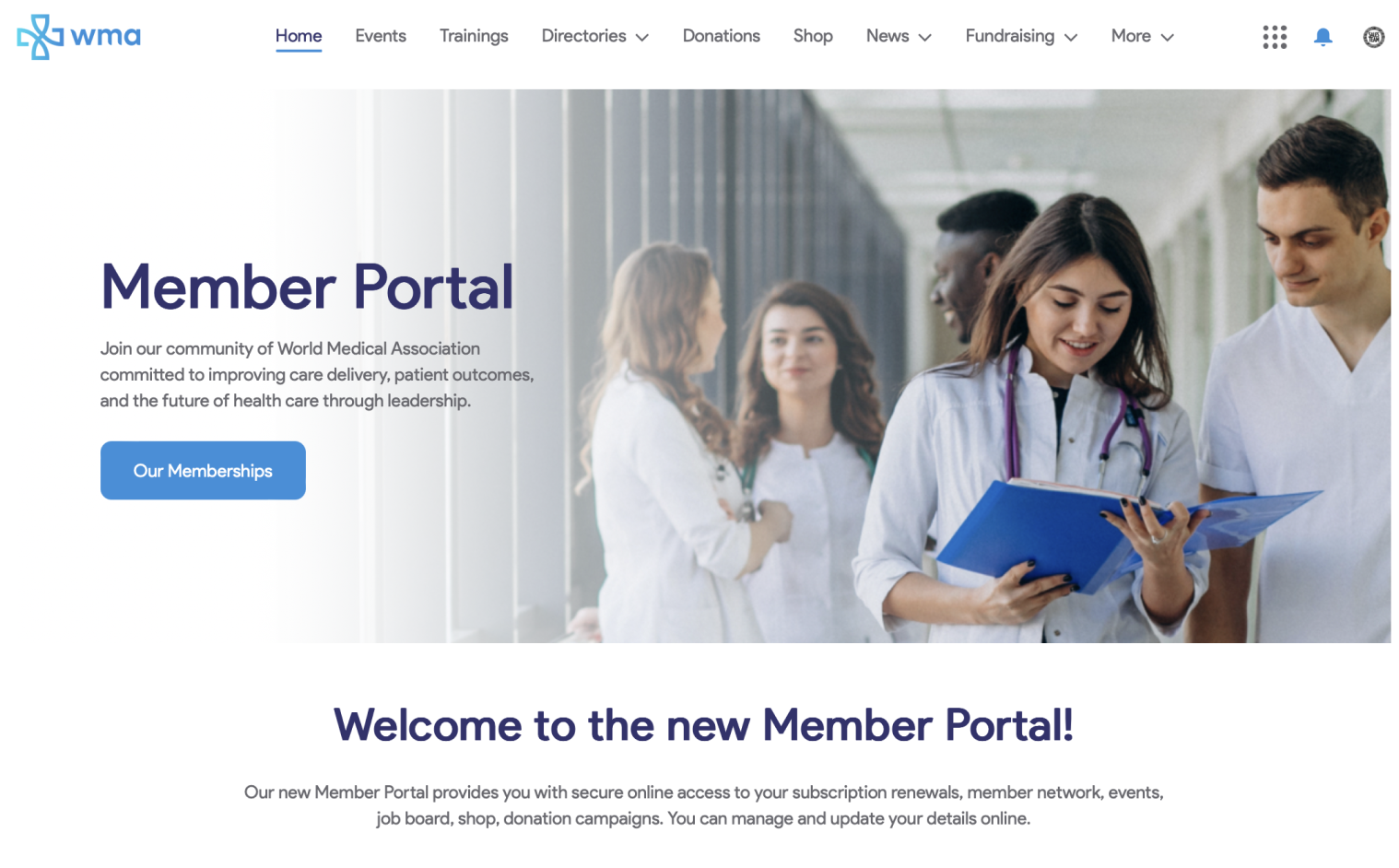
Salesforce Experience Cloud as a Nonprofit and Donation Management Solution

The sky is the limit. After your membership types have appeared on your Experience Cloud site, you can spread the word further. Share them with the audience via newsletters, publish posts on social media, or add them to your AppExchange page. Any way for good promotion will do.
Final Words
Types of membership is a multifaceted thing, so you should fine-tune them according to your community members! Think of each of the type, its benefits, and what potential members would receive in return. Besides, you can do a little research and check what membership levels other similar organizations offer to their members. It has nothing to do with stealing! A pure observation and analysis.
Reach out to Advanced Communities and we will help your professional organization manage its membership program, elevate user experience, and unlock the full potential of Salesforce Experience Cloud for you.
1. What is a Membership Type?
A membership type is an umbrella term for the membership hierarchy, with membership levels and programs included. When you decide on your association’s membership type, it means that you clearly understand different benefits, certain membership dues, and other details needed for each of them.
2. What are the Tiers of Membership?
Membership tiers are the same as membership levels and stand for the membership structure. In simpler terms, they are the privileges you assign to members. For instance, if you are an educational association, holding up to a person-based membership, you can provide student members with full access to your library resources for a year.
3. What are the 5 Attributes of Membership?
A healthy community can’t live without powerful membership. Thus, there are researches revealing five common attributes of membership. There are 1) boundaries, 2) emotional safety, 3) a sense of belonging, 4) personal investment, and 5) a unified symbol system. So, stick to them when you consider your membership levels.





